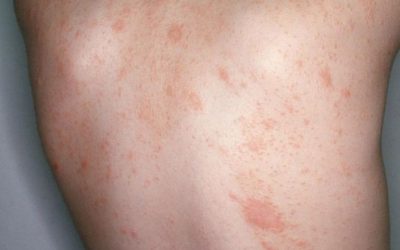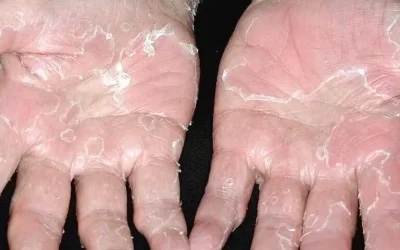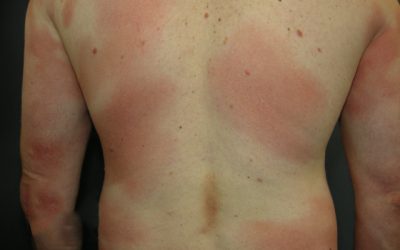Juvenile plantar dermatosis
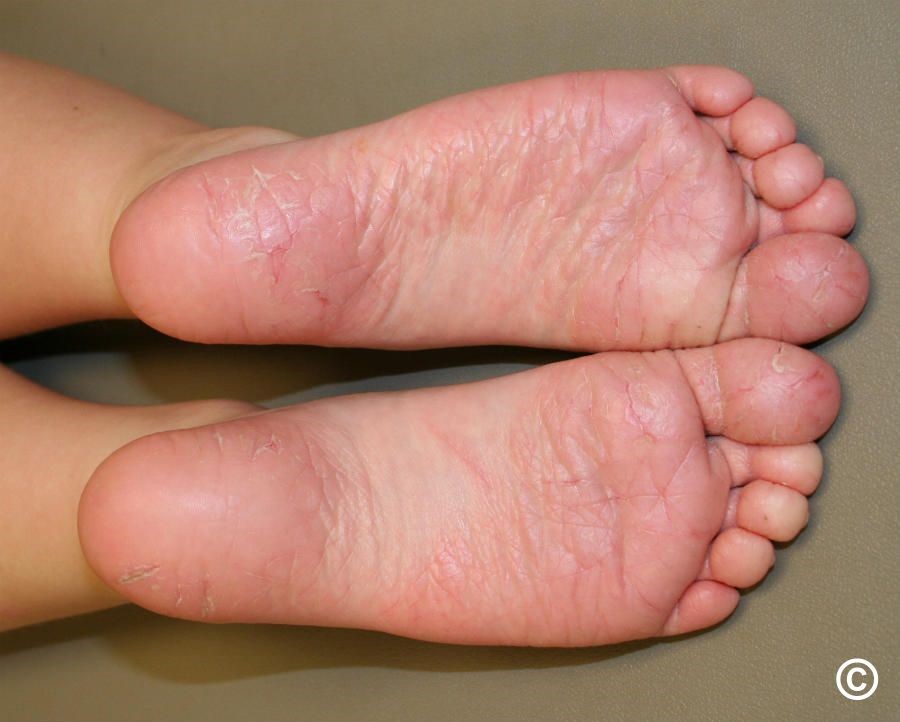
Juvenile plantar dermatosis (dermatitis plantaris sicca) – a disease characterized by localized damage to the feet. JPD usually occurs in children between 3 and 14 years of age who are prone to atopy or have atopic dermatitis [1, 2]. In the literature, this disease is also called sweaty sock syndrome.
The pathogenesis of the disease is not entirely clear, but it is believed that wearing synthetic footwear, increased sweating of the skin and friction can trigger the disease. The disease is more often aggravated in summer due to increased sweating of the soles due to hot, humid weather and in winter when closed shoes are worn.

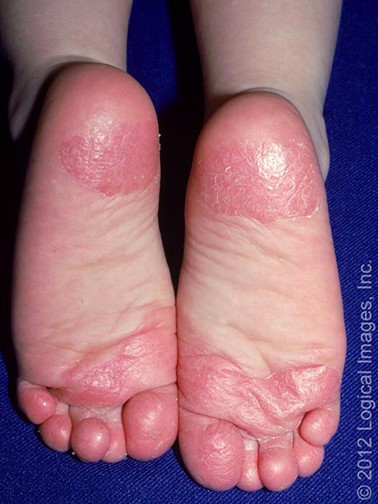
Clinical Signs
Juvenile plantar dermatosis is characterized by:
- erythema of the soles, itching
- pain
- shiny skin surface, cracks
- skin flaking/peeling, hyperkeratosis
Localization:
- the most vulnerable places that rest on the surface when walking are rubbed, especially the areas of the big toes, the tops of the toes, the heels
- usually the lesion involves both feet symmetrically
Diagnostics
The diagnosis is based on the clinical picture. In rarer cases, a microscopic examination is performed to differentiate between a skin fungal infection. An allergen patch test is also applied to confirm the diagnosis of allergic contact dermatitis (sensitivity to leather, rubber, or other materials from which shoes and socks are made can be determined).
Treatment
Juvenile plantar dermatosis often resolves naturally over a few years, and in most instances, it doesn’t require specific treatment. It’s crucial to avoid triggers and regularly moisturize the skin.
If treatment is necessary, various approaches can be considered:
- Topical treatments that help reduce inflammation and discomfort during flare-ups.
- Alternative topical options if standard moisturizers and the first line of topical treatments aren’t effective.
- Moisturizing creams, potentially including those designed for sensitive skin.
- Specialized patches may be applied to address cracks in the skin, particularly when these cracks are painful.
- Managing secondary infections that can arise from a compromised skin barrier is also important.
Prevention
- wear non-compressive footwear
- wear shoes and socks made of natural fibers, avoid synthetic materials (e.g. nylon, vinyl fiber fabrics)
- wear two or more pairs of cotton socks
change socks regularly - wear well-fitting shoes, preferably leather, to reduce friction

1. Mackie RM, Husain SL. Juvenile plantar dermatosis: a new entity?. Clin Exp Dermatol 1976; 1:253.
2. Jones SK, English JS, Forsyth A, Mackie RM. Juvenile plantar dermatosis–an 8-year follow-up of 102 patients. Clin Exp Dermatol 1987; 12:5.
3. Rasner CJ, Kullberg SA, Pearson DR, Boull CL. Diagnosis and Management of Plantar Dermatoses. J Am Board Fam Med 2022; 35:435.
4. Silverberg NB. Typical and atypical clinical appearance of atopic dermatitis. Clin Dermatol. 2017 Jul-Aug;35(4):354-359.
Pityriasis rosea
An acute, self-limiting, exanthematic skin disease that manifests as itchy, somewhat inflammatory, scaly rashes, usually on the torso, chest, and upper limbs.
Peeling skin syndrome
Peeling skin syndrome is a genetic disorder characterized by constant peeling of the skin. The disease appears from birth or in the first year of life
lasts a lifetime
Mycosis Fungoides
The most common primary skin T-cell lymphoma (cancer of the blood). Mycosis Fungoides is characterized by three main stages, several of which may exist at the same time


